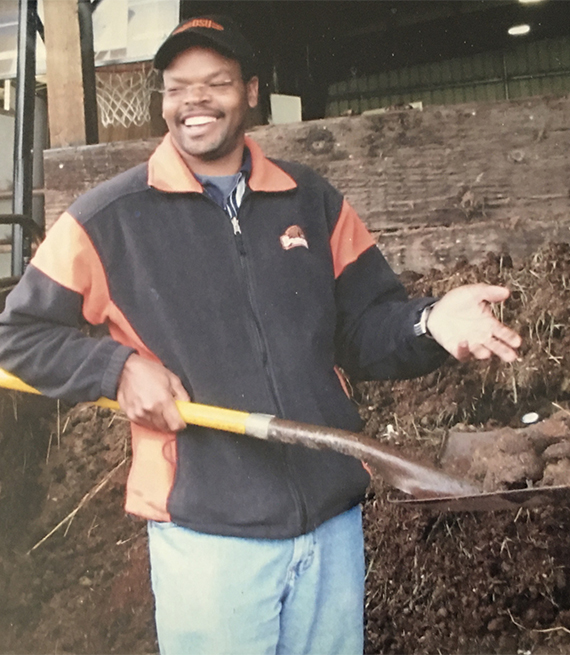AARP Hearing Center


A bin of wriggling worms is not a sight everyone enjoys, but a smart gardener knows that squirming mass represents the possibility of richer dirt and a more productive growing season.
Worms are the workhorses of good soil health, creating compost — known as vermiculture — that contributes to nutrient-rich soil and vigorous plant growth. Creating your own worm farm, which can also cut down on food waste, is easy and relatively inexpensive.
Ann Barklow, 67, a horticulturist for the city of Greenwood, S.C., says worm compost brings more vitality to the red clay soils of her state. She uses the compost in her vegetable garden to boost plant production. When she harvests her vegetables, she chops up the unusable parts to dump in her worm bin.
"My worms make another beautiful compost from the scraps,” she says. “I put the compost back into the garden and it just closes the circle.”


Small-scale works well
Vermiculture contains higher levels of readily available nitrogen than traditional compost so plants can use it instantly, eliminating the need for artificial fertilizers, says Sam Angima, 54, associate dean for extension and a professor at the College of Agricultural Sciences at Oregon State University.
The most common worms are red wigglers, the same type of worm used for fishing bait, and are a different species from garden worms. If you can't find a free source of red wigglers, they are available online by searching for vermiculture or worm composting.



































































More on Home and Family
Gardening Can Help You Battle the Blues of Staying at Home
Coronavirus concerns may keep you from socializing, but you don't have to stay inside
7 Essential Tools for Gardeners 50 and Older
Inexpensive implements make it easier to tend plants
6 Top Podcasts About Gardening
Dig in to these shows for new or seasoned hobbyists